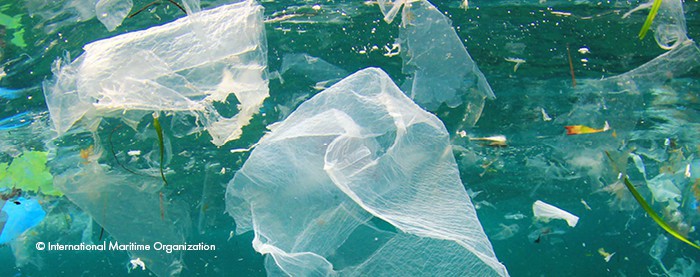By 2050 plastic trash in our oceans will outweigh fish! Seriously? This is not the simple-minded plot of a pseudo-dramatic movie. This is the brutal and sad reality. The New Plastics Economy: Rethinking the future of plastics report* by the World Economic Forum, Ellen MacArthur Foundation and McKinsey & Co. found that the weight of plastics within our seas could literally be heavier – and yes we are speaking about plastic – than the fish swimming in the same waters in just 33 years from now.
How is that possible? How does plastic garbage we produce on land eventually end up in the sea and kill life? We live in a world where millions of people spend hours crushing candy on their smartphones. Why don’t we care more about important things? No person can’t deny enjoying to go to the beach and swim in clear and clean water. Guess what, marine species feel the same! Anyway, simply complaining is not what I am pursuing with this article.
Obviously maritime pollution is one of world’s most crucial challenges and right up there with global climate change. What better perspective is there to observe, track and predict marine litter movements than from space? Europe’s Earth observation (EO) programme Copernicus provides high-resolution, timely and continuous data with its Sentinel satellites on the global scale. Imagine what kind of impact EO applications have, in order to cope with the consequences of maritime pollution.
Big problems need big solutions. Yet, it’s not only the unambiguously visible huge amounts of plastic and plain old trash in the oceans. Microplastics, tiny fragments of plastic or fibre, are becoming an even bigger problem. In a variety of commercial fish and shellfish in retail stores microplastics have been discovered, since they ingest them inevitably. This cries for further research in terms of food safety and even food security. Microplastics have come to the attention of the Joint Group of Experts on Scientific Aspects of Marine Environmental Protection (GESAMP), which is an advisory body of the United Nations. The second microplastics report*² of the GESAMP working group on this topic, published in January 2017, investigates the sources, fate, ecological impacts of microplastics and gives recommendations for future work.
How Can We Deal with so Much Trash?
Marine litter poses a shockingly increasing environmental, economic and health threat. Where do we take it from here? The Ocean Cleanup, a Dutch organisation with the mission to develop advanced technologies to rid the world’s oceans of plastic, is one prime example of how action is taken. Its main focus is to combat gigantic garbage patches worldwide by using passive systems in the form of floating devices collecting litter over long periods of time. The organisation aims at starting installation of the first full-scale array in the great pacific garbage patch by 2020.
The core of this patch of garbage size is estimated at approximately 1m sq km, with the periphery spreading additional 3.5 m sq km. These enormous amounts of trash are caught in one of the ocean’s huge rotating currents. Thereby, they keep on growing and growing.
Copernicus Helps to Improve the Accumulation of Marine Litter
Copernicus satellites support research on marine litter by providing expeditions to the huge ocean garbage patches with forecasts of sea currents and sea-surface heights. This enhances ship routing to locate areas where plastic litter is concentrated. Even if Sentinel satellites cannot detect marine litter directly so far, they provide key information for correcting models that predict its accumulation. Relevant parameters are altimetry, sea-surface salinity, sea-surface temperature, ocean colour and sea-ice data.
Future-oriented applications that make use of this valuable EO data is what the Copernicus Masters is looking for. The ultimate objective is to find sustainable solutions protecting our oceans and the global environment through smart business cases. This year’s most brilliant business ideas were awarded in Tallinn, Estonia, within the European Space Week. Tallinn was the place to witness this year’s latest EO based innovations that can make the world a better place, fight maritime pollution and battle climate change.
About the Satellite Masters Conference
The most brilliant EO applications and solutions were showcased at this year’s Satellite Masters Conference in Tallinn, Estonia, 7-9 November 2017. It incorporated the Awards Ceremony of Europe’s major ideas competitions for commercial space applications – the Copernicus Masters and the European Satellite Navigation Competition (ESNC) – as well as the Horizon 2020 Space Info Day within the European Space Week. The Satellite Masters Conference hosted the most important decision makers from industry, politics and academia. Check out the impressions and stay tuned for continuous updates: http://satellite-masters-conference.eu/.




